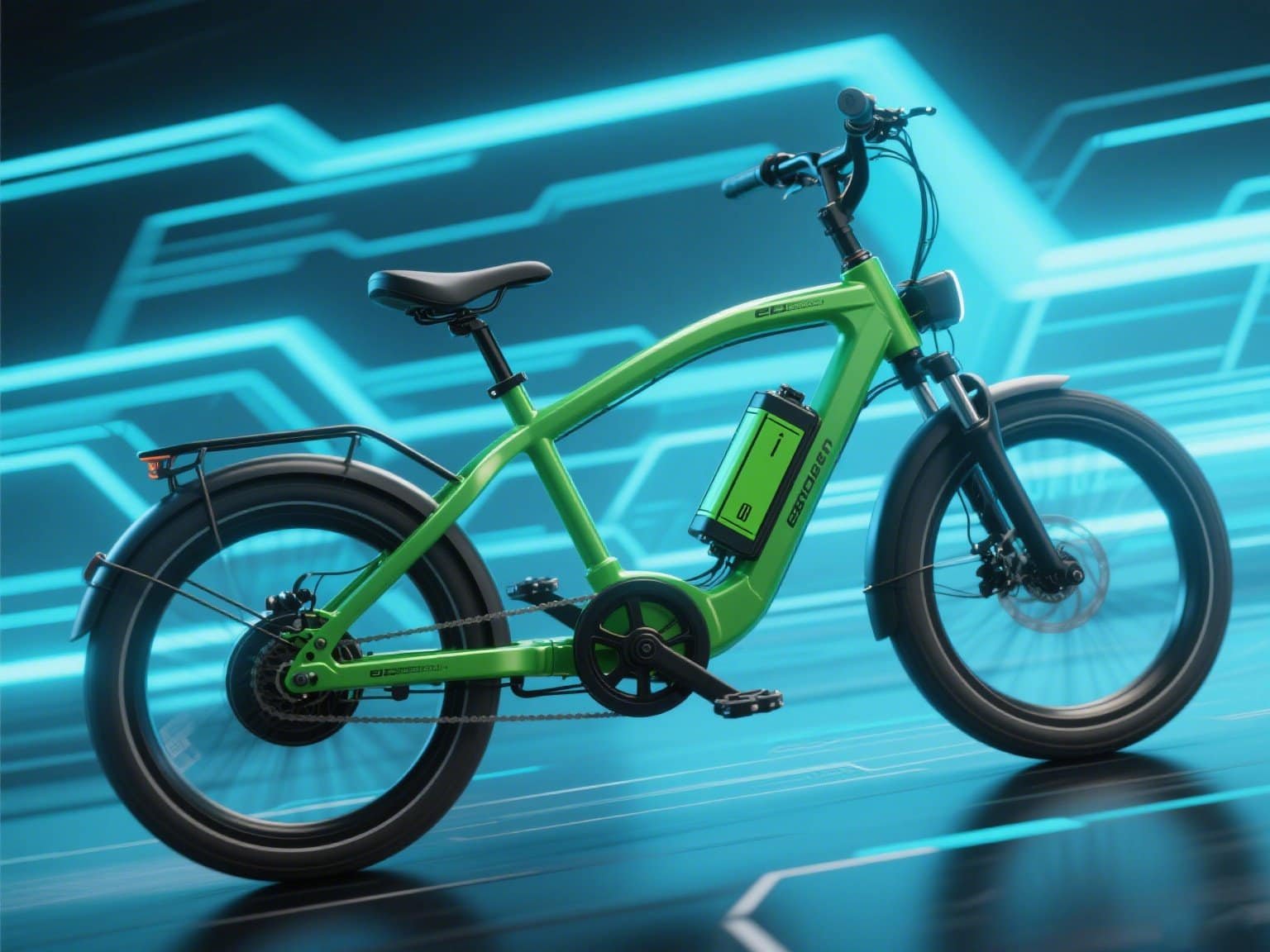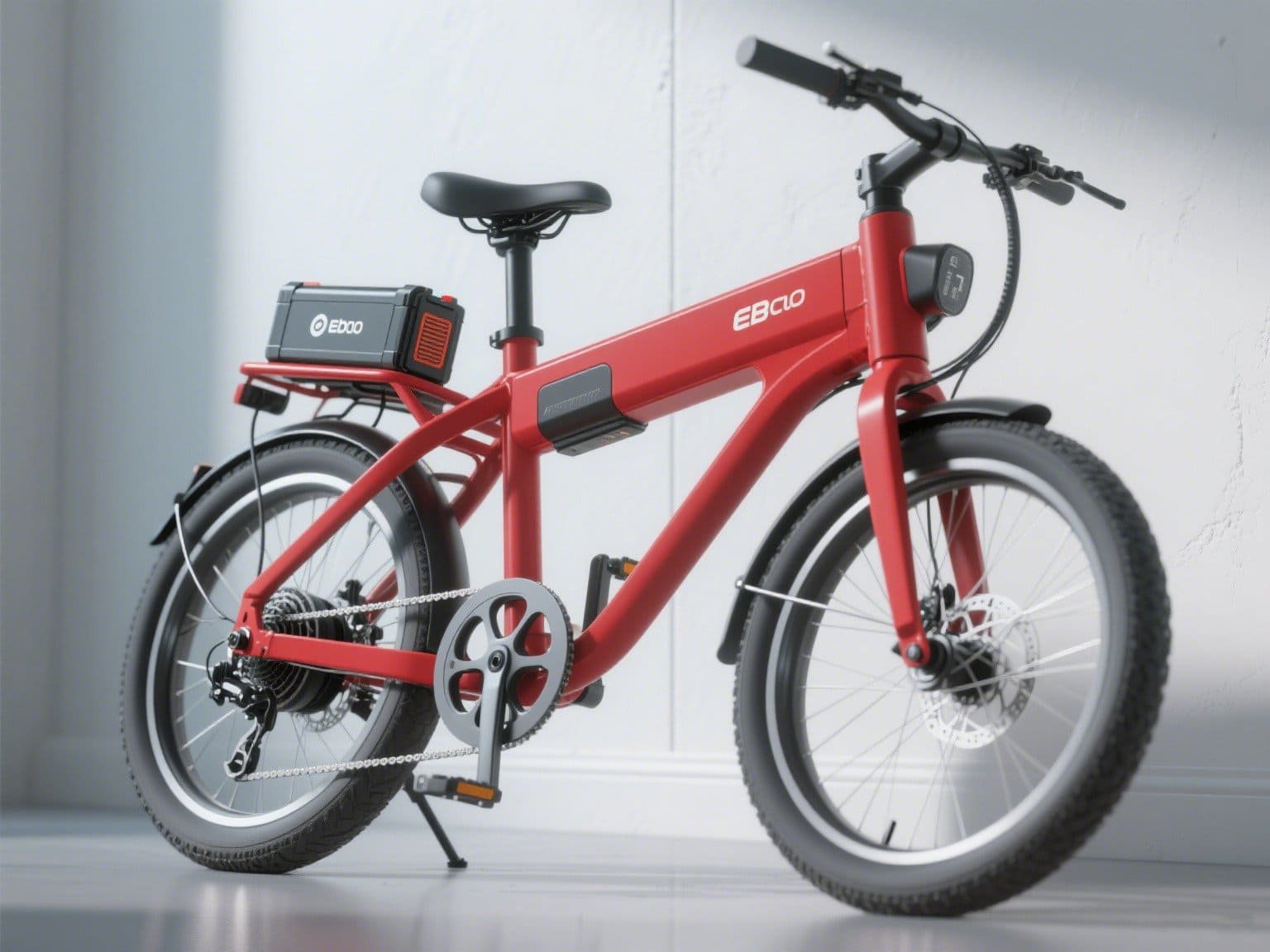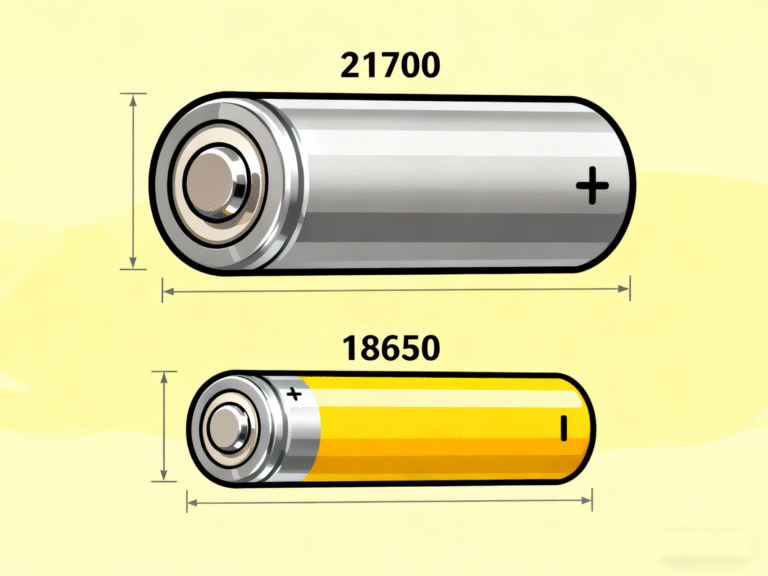With the growing popularity of electric bikes (e-bikes), battery range has become a top priority for consumers. A high-quality, long-range battery not only enhances the riding experience but also reduces the hassle of frequent charging. So, how do you choose the right long-range e-bike battery for your needs? This guide breaks it down by battery type, capacity, brand, and more.

1. Battery Type: Lithium vs. Others
E-bike batteries mainly fall into two categories: lithium and lead-acid.
-
Lithium Batteries:
-
Lightweight, long lifespan (500-1,000 charge cycles), high energy density.
-
More expensive but worth the investment.
-
Common types: Lithium-ion (Li-ion) and LiFePO4 (Lithium Iron Phosphate), with the latter being safer.
-
-
Lead-Acid Batteries:
-
Cheaper but heavy, shorter range, and shorter lifespan (~300 cycles).
-
Gradually being phased out of the market.
-
Recommendation: Always go for lithium batteries.
2. Battery Capacity (Ah) & Voltage (V)
The range depends on capacity (Ah) and voltage (V). Multiply them to get energy (Wh):
-
48V 20Ah battery = 960Wh → ~60-100 km range (varies by riding mode, terrain, and load).
-
52V 30Ah battery = 1560Wh → ~120-150 km range.
Recommendations:
-
Daily commuting (30-50 km): 48V 15-20Ah.
-
Long-distance rides (80+ km): 52V 25-30Ah or higher.
Avoid no-name or suspiciously cheap batteries—they may pose safety risks.

3. Charging & Maintenance Tips
-
Avoid deep discharge: Recharge when battery reaches 20-30%.
-
Use the original charger: Prevents voltage fluctuations that can damage the battery.
-
Regular checks: If storing long-term, keep the battery at ~50% charge.
4. Price & Warranty
-
Lithium batteries typically cost $150-$800, depending on capacity and brand.
-
Choose brands that offer at least 2-year warranties for long-term reliability.
Choosing the right long-range e-bike battery involves balancing type, capacity, brand, and your specific needs. Investing in a high-quality battery improves efficiency and reduces long-term costs. We hope this guide helps you find the perfect battery for smoother, farther rides!
Follow our website for more e-bike buying tips and maintenance guides!







